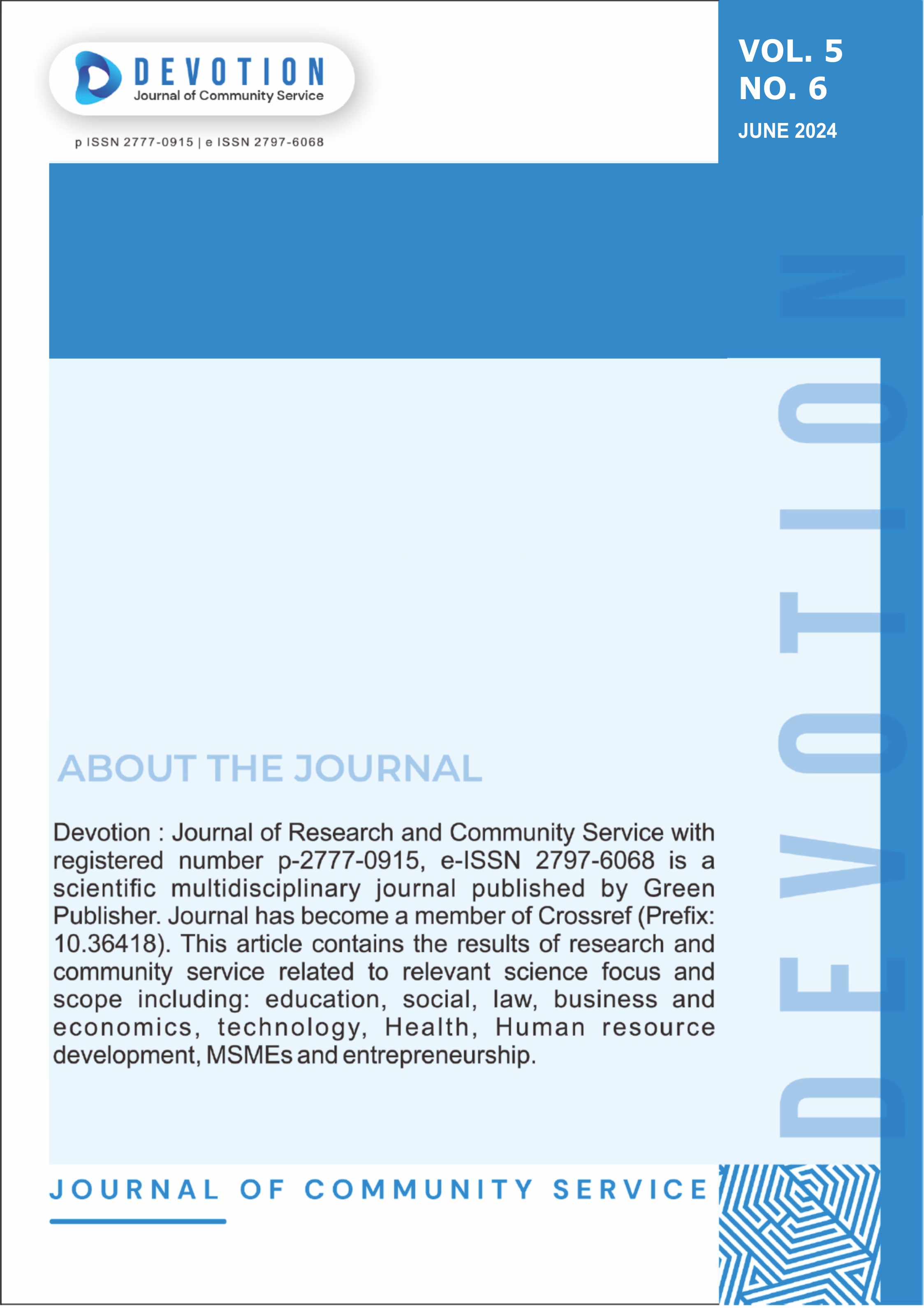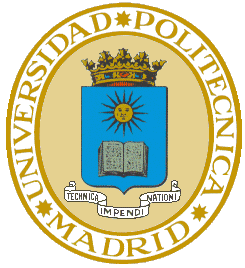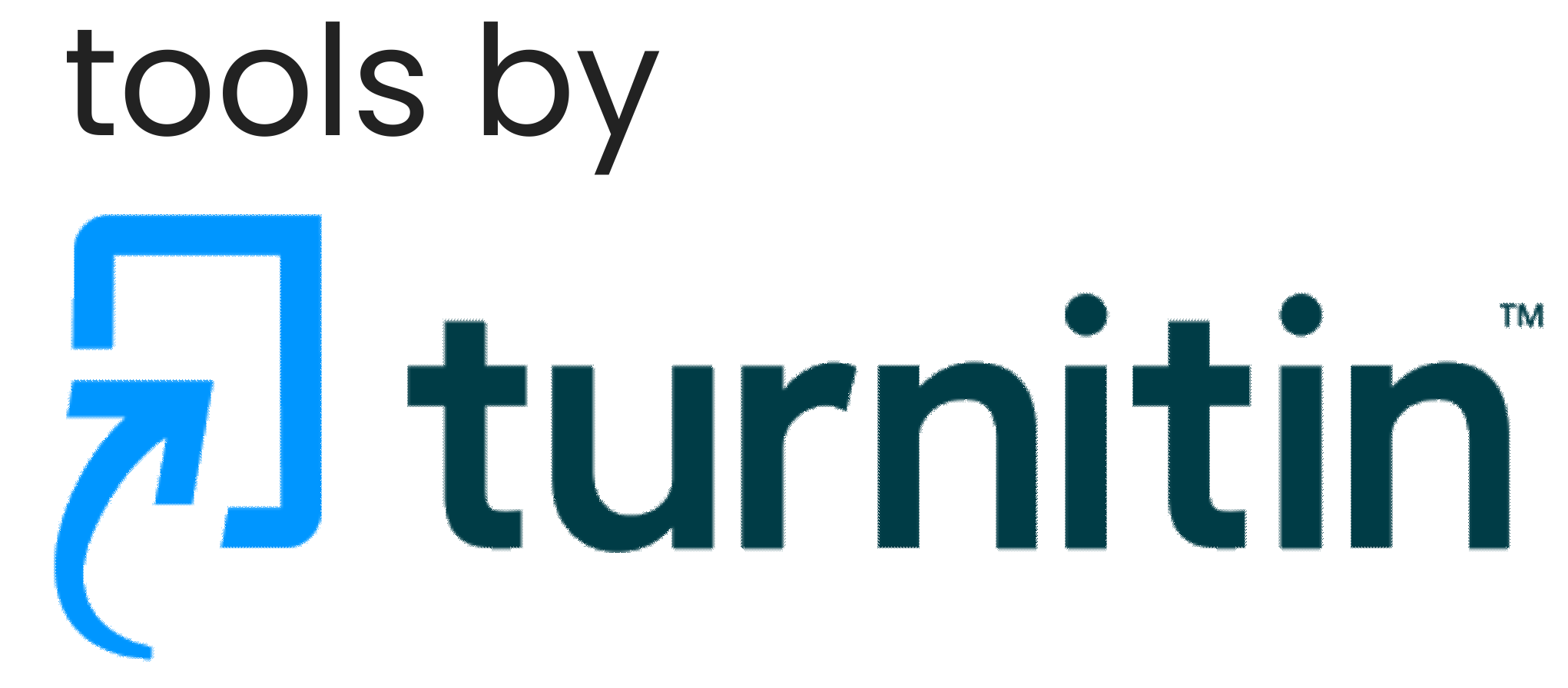Peanut Agribusiness Development Strategy (Arachis hypogaea) in Pracimantoro Sub-District
DOI:
https://doi.org/10.59188/devotion.v5i6.736Keywords:
development strategy, peanuts, grand strategy, SWOT, QSPMAbstract
Pracimantoro District is the largest peanut producing area in Wonogiri Regency with an average planting area of 381 Ha, productivity of 13.79 Kw/Ha, and production of 525.90 Tons. Farmers are expected to develop peanut agribusiness in the area. This study aims to formulate alternative strategies and determine the priorities of peanut agribusiness development strategies in Pracimantoro District. The basic method used is the descriptive method. Key informants are determined using convenience sampling techniques. Data collection techniques are carried out using observation, interview, recording, and triangulation of sources. The data analysis methods used include EFE and IFE Matrix, Grand Strategy Matrix, SWOT Matrix, and QSPM. The results showed that the peanut agribusiness development strategy was in quadrant I of Strength-Opportunity (S-O). The priority strategy that can be applied to the development of peanut agribusiness in Pracimantoro District is to develop production through improving the quality of peanuts.
Downloads
Published
Issue
Section
License
Copyright (c) 2024 Fitri Pardede, Mohamad Harisudin, Umi Barokah

This work is licensed under a Creative Commons Attribution-ShareAlike 4.0 International License.
Authors who publish with this journal agree to the following terms:
- Authors retain copyright and grant the journal right of first publication with the work simultaneously licensed under a Creative Commons Attribution-ShareAlike 4.0 International. that allows others to share the work with an acknowledgement of the work's authorship and initial publication in this journal.
- Authors are able to enter into separate, additional contractual arrangements for the non-exclusive distribution of the journal's published version of the work (e.g., post it to an institutional repository or publish it in a book), with an acknowledgement of its initial publication in this journal.
- Authors are permitted and encouraged to post their work online (e.g., in institutional repositories or on their website) prior to and during the submission process, as it can lead to productive exchanges, as well as earlier and greater citation of published work.













